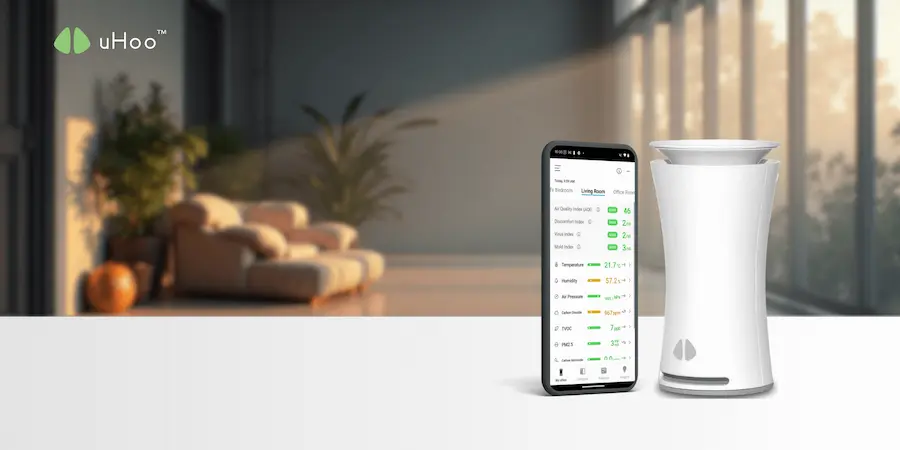We meticulously choose air purifiers, diligently dust surfaces, and perhaps even invest in plants touted for their air-cleaning prowess. Yet, an invisible, often overlooked element could be the unsung hero (or silent saboteur) of our indoor air quality: humidity.
We tend to think of humidity as a comfort metric – that sticky feeling on a summer day or the dryness that cracks our skin in winter. But what if maintaining your ideal humidity level wasn’t just about comfort, but a fundamental key to unlocking truly better indoor air?
Consider the microscopic world thriving within our homes and offices. Too much moisture in the air, typically above 60% relative humidity, creates a veritable breeding ground for mold and mildew.
These ubiquitous fungi release spores, invisible particles that can trigger a cascade of respiratory woes, from allergic reactions and persistent coughs to exacerbating asthma. It’s not just about visible mold; hidden colonies can silently contaminate the air we breathe.
Conversely, air that’s too dry, usually below 30% relative humidity, isn’t the clean slate we might imagine. Dry air can irritate our delicate respiratory linings, making us more susceptible to viral infections.
Think of the dry winter air that often coincides with flu season. Furthermore, dry air can stir up dust and pet dander, allowing these allergens to remain airborne for longer, increasing exposure and triggering allergic responses.
So, what is this “ideal” humidity level we speak of? Generally, the sweet spot for indoor relative humidity lies between 30% and 50%.
Within this range, the growth of mold and mildew is significantly inhibited, and the air retains enough moisture to keep our respiratory passages comfortable and less vulnerable. It’s a delicate balance, a Goldilocks zone for healthy indoor air.
But how do we navigate this invisible landscape? Relying on a vague sense of “it feels okay” simply isn’t accurate enough. This is where technology steps in to offer a tangible solution. A uHoo air quality monitor acts as your silent sentinel, continuously tracking the precise humidity levels in your home and office. By providing real-time data, uHoo empowers you to move beyond guesswork.
Imagine receiving an alert on your phone that the humidity in your child’s bedroom is creeping above the ideal threshold, allowing you to proactively adjust a dehumidifier before mold takes hold. Or picture your office environment, where maintaining optimal humidity can reduce dry air complaints and potentially even minimize the spread of airborne illnesses during the colder months.
uHoo doesn’t just report. It informs. By understanding your environment’s specific humidity patterns, you can make informed decisions about using humidifiers or dehumidifiers, adjusting ventilation, and ultimately creating an indoor atmosphere that actively supports respiratory health and overall well-being.
Perhaps the key to truly clean indoor air isn’t just about filtering out the visible and the smelly. Maybe it lies in mastering the invisible dance of moisture in the air, ensuring that our homes and offices exist within that crucial humidity sweet spot. Technology like the uHoo air quality monitor offers you the insight and control to finally unlock this often-overlooked key to a healthier indoor life.



